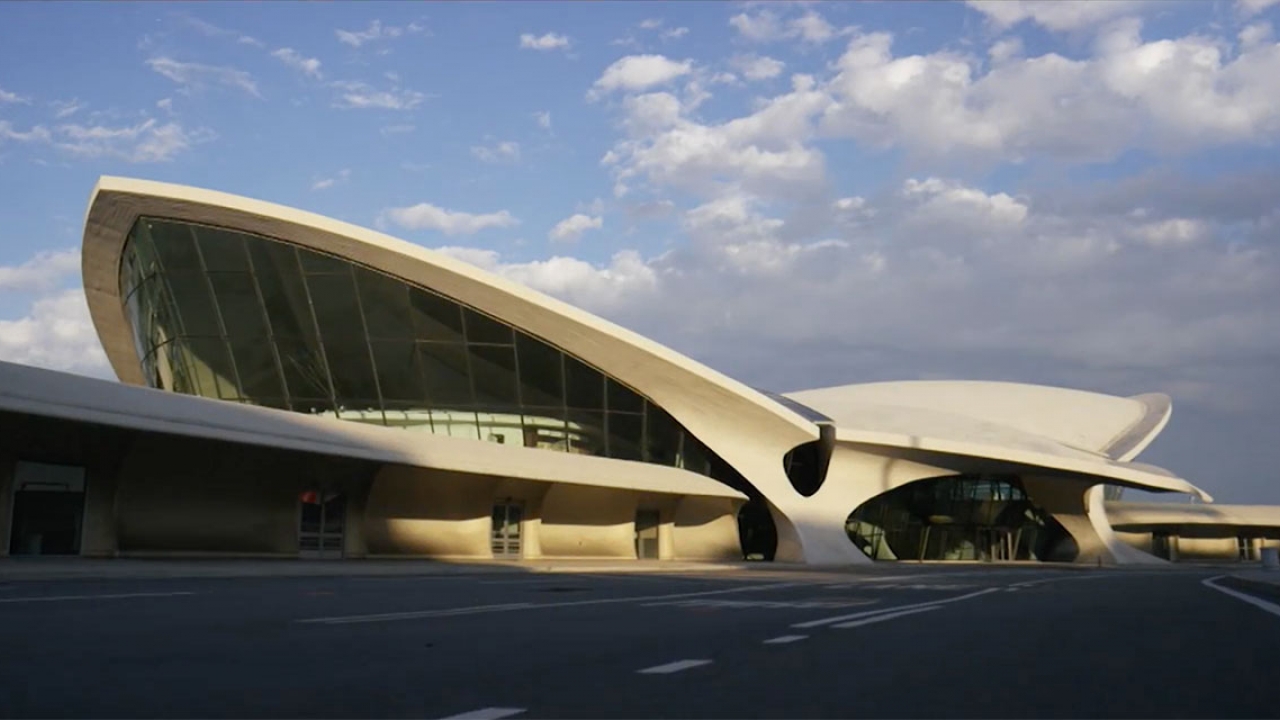CityLab Speaks with Wellesley Art Professor Alice Friedman about Architectural Greatness

Modern architecture is very close to the heart of Alice Friedman, the Grace Slack McNeil Professor of American Art at Wellesley, who has written many articles and two books on the subject: American Glamour and the Evolution of Modern Architecture and Women and the Making of the Modern House.
Her expertise prompted CityLab, an online publication of The Atlantic, to interview Friedman for a recent article, Learning About Starchitects Through Their Offspring, that discussed several documentaries about famous architects that were made by their children.
For her piece on this subgenre of architectural documentary, writer Daisy Alioto spoke with Friedman regarding her students’ reactions to Eric Saarinen’s film about his famous father, Eero Saarinen: The Architect Who Saw the Future, which she recently showed to her introductory architecture class. Friedman had asked students whether the film helped them understand the buildings of Eero Saarinen. (The 20th-century Finnish American architect and industrial designer, noted for his midcentury modern style, designed the TWA Flight Center in New York City and the Gateway Arch in St. Louis, Mo.) Alioto wrote that according to Friedman, all of the students thought it did: “One student called the insight about Saarinen’s personal relationships ‘backstory,’ which—rather than distracting from his finished works—serves as a good entry point to the subject matter for students like themselves.”
Alioto added that “academia has not always been welcoming of ‘backstory’ when it is used to add social context on behalf of populations left out of the first draft of cultural memory. But Friedman’s work with gender, domesticity, and modern architecture embraces it.” As Friedman told CityLab, “The influence of feminism on architectural studies is to validate these contexts. She added, not to the exclusion of the building in favor of this story, but to put the building at the center of the story.



